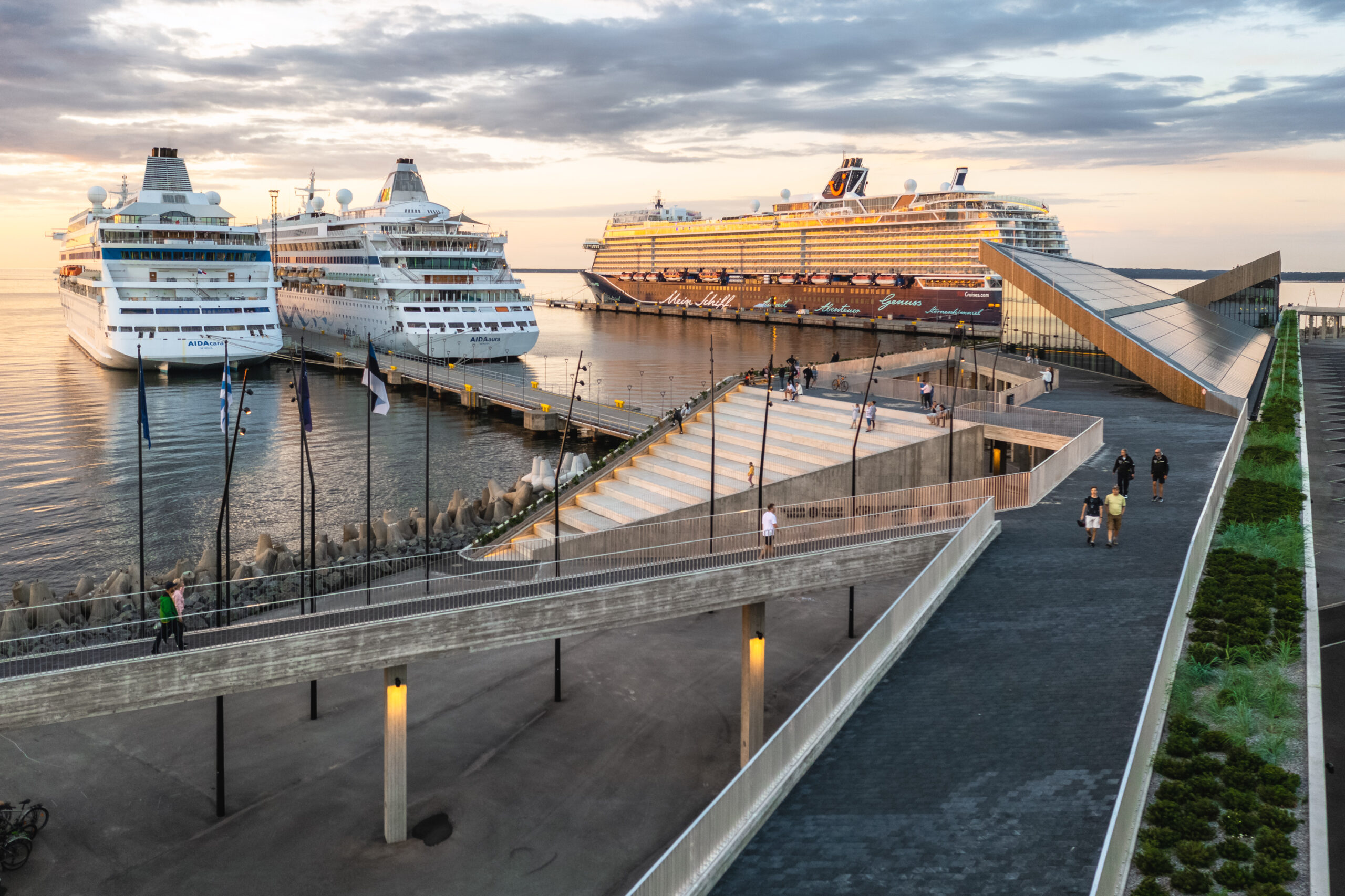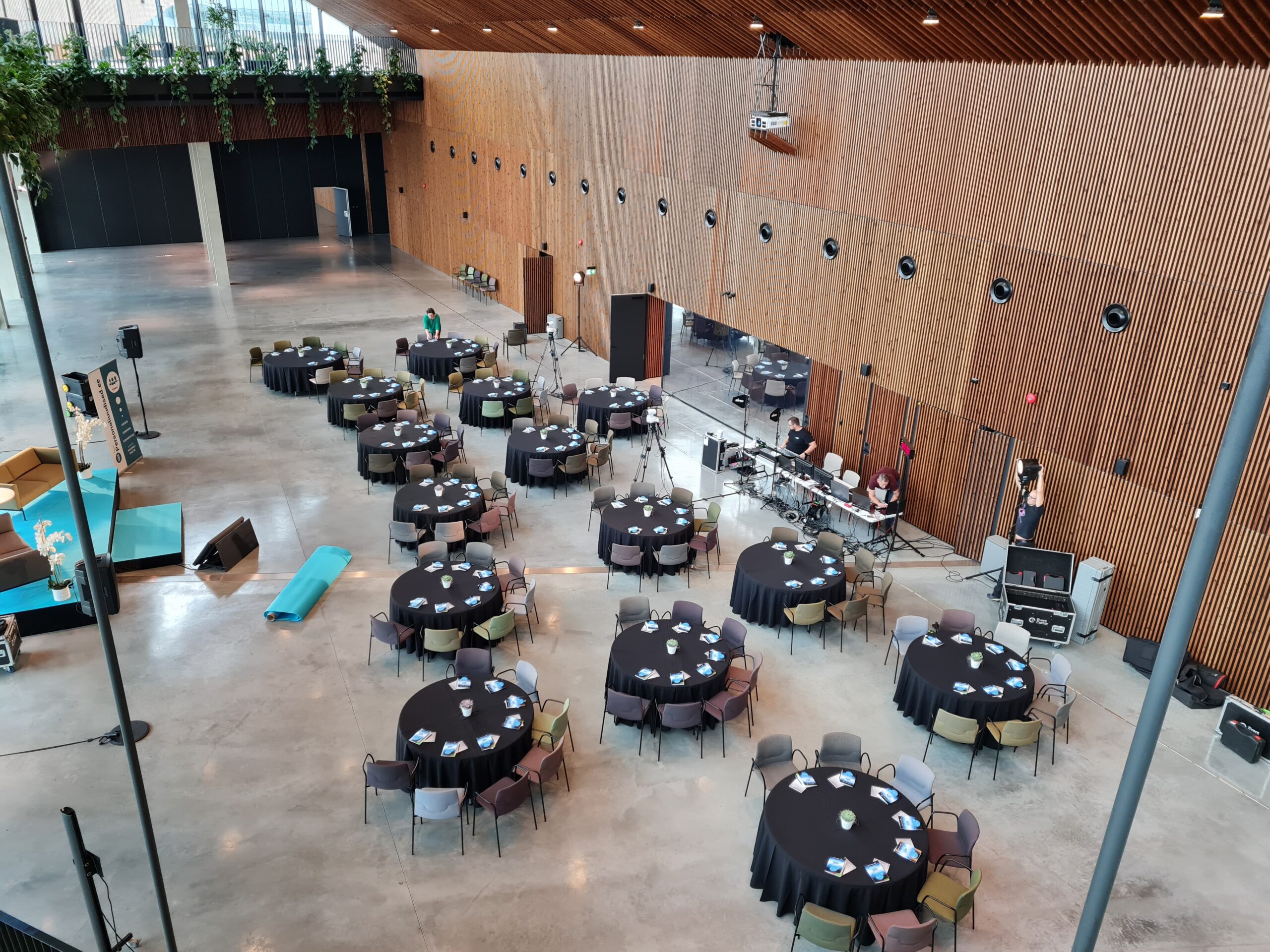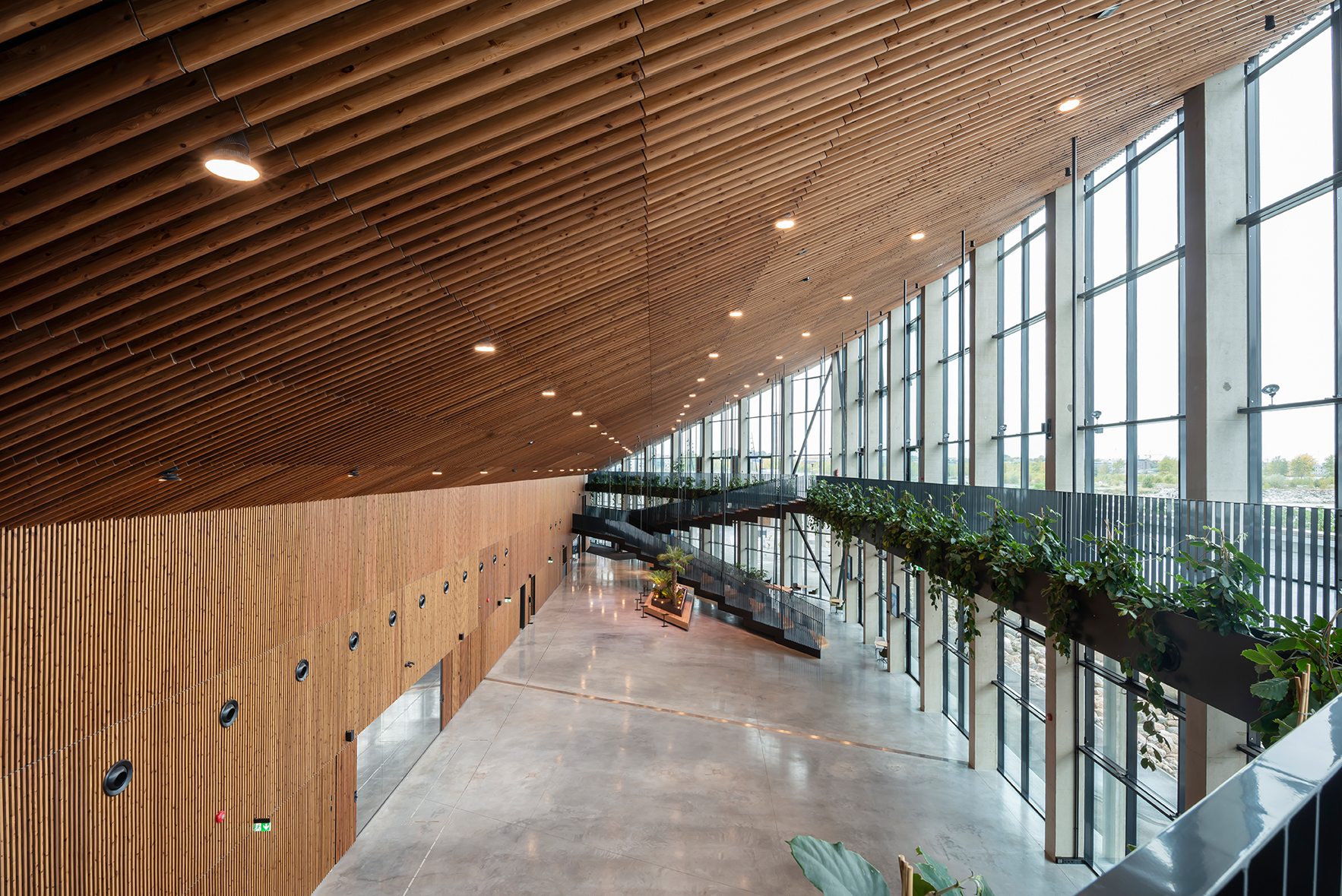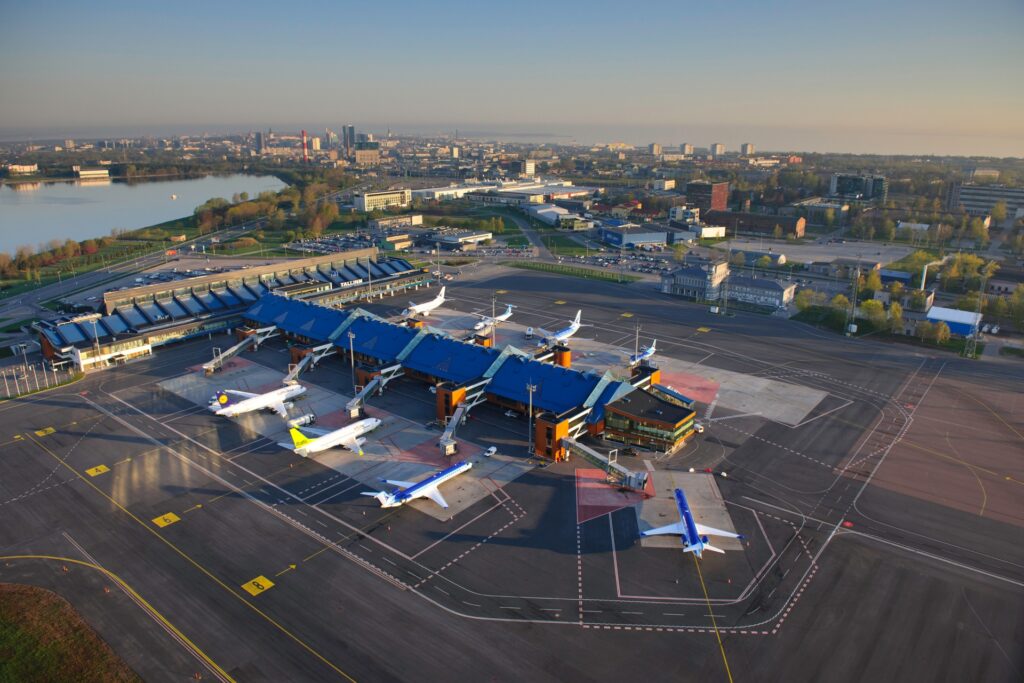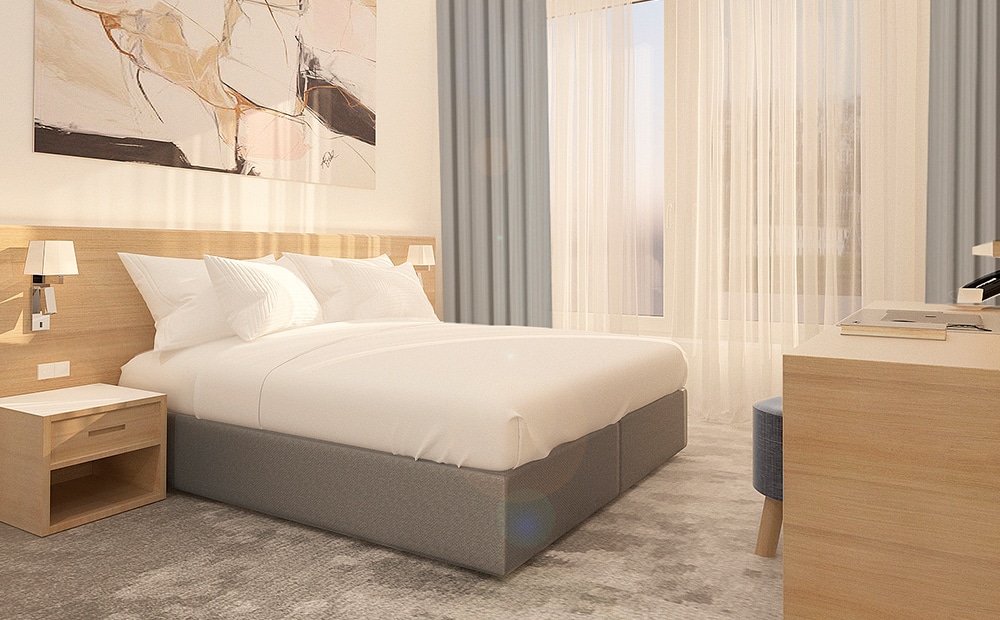Port of Tallinn’s State-of-The-Art Eco Cruise Terminal Ready for Hosting Events
The Port of Tallinn has opened a new, environmentally sustainable cruise terminal providing a direct connection to old and new entertainment venues and tourist attractions in the Estonian capital. This is the most modern and multifunctional terminal in the region, built to reduce the negative impact of port activities on the environment.
Event space
The total area of main hall of the terminal is 1724 m², accommodating approximately 2000 guests. The entire room opens up to the sea from one side offering wonderful views to the waterfront and cruise ships. The main hall can be divided into three smaller rooms with soundproofed walls.All the halls have projectors and equipment for seminars, as well as auxiliary rooms for performers and catering services.
Environmentally sustainable
Port of Tallinn is committed to following the UN’s sustainable development goals (SDG) in all its activities and developments and believes the green approach will provide a competitive advantage for the company in attracting visitors.
The Port of Tallinn took numerous steps during construction to ensure the environmental sustainability of the new terminal. Both the interior and exterior design are environmentally friendly: the building is heated by sea power using a heat pump and draws energy from solar panels tailored to suit the Nordic climate. LED lighting, a temperature-controlled ventilation system and a natural smoke and heat extraction system are installed. The terminal uses energy-efficient, environmentally cleaner and sustainable solutions suitable for the Nordic climate, which allow the building to operate outside the cruise season for hosting events, concerts and conferences
New Seaside Promenade
A useful addition to this project is the new massive seaside promenade, built alongside the new terminal building for arriving cruise passengers. It will provide cruise guests with a direct link to the Tallinn Culture Kilometre – a 2,5 km long walkway through the historical part of Tallinn’s seaside. The new promenade is equipped with a playground, outdoor gym, cafes and restaurants, seating areas, and offers new viewing angles on the Old Town. The whole outdoor area is open to the general public, as a balance has been sought between the needs of cruise tourists and those of local communities.
The promenade allows tourists to explore both the UNESCO World Heritage site in the Old Town and more easily reach fresh food and drink spots along the seafront. Three new main attractions are lying in wait for visitors: the Patarei Sea Fortress (a large historical fortification hosting bars, food trucks, and open-air events), the Seaplane Harbour (a three-level naval museum displaying historical ships and submarines in an 8000 sq m hangar), and Noblessner (a popular seaside cultural area dotted with high-end restaurants, museums and bars).
Port of Tallinn, which handles more than ten million passengers each year, aims to lead the way to the sustainable terminals of tomorrow and is consistently improving its business and development activities to lessen the negative effect of port activities on the environment. Port of Tallinn’s sustainable development strategy defines both the short- and long-term perspective and its goals are aligned with the UN’s sustainable development goals and integrated into the company’s overall strategy.
Source: Port of Tallinn

Marketing Manager
Posted: 15.10.2021
Categories: News



